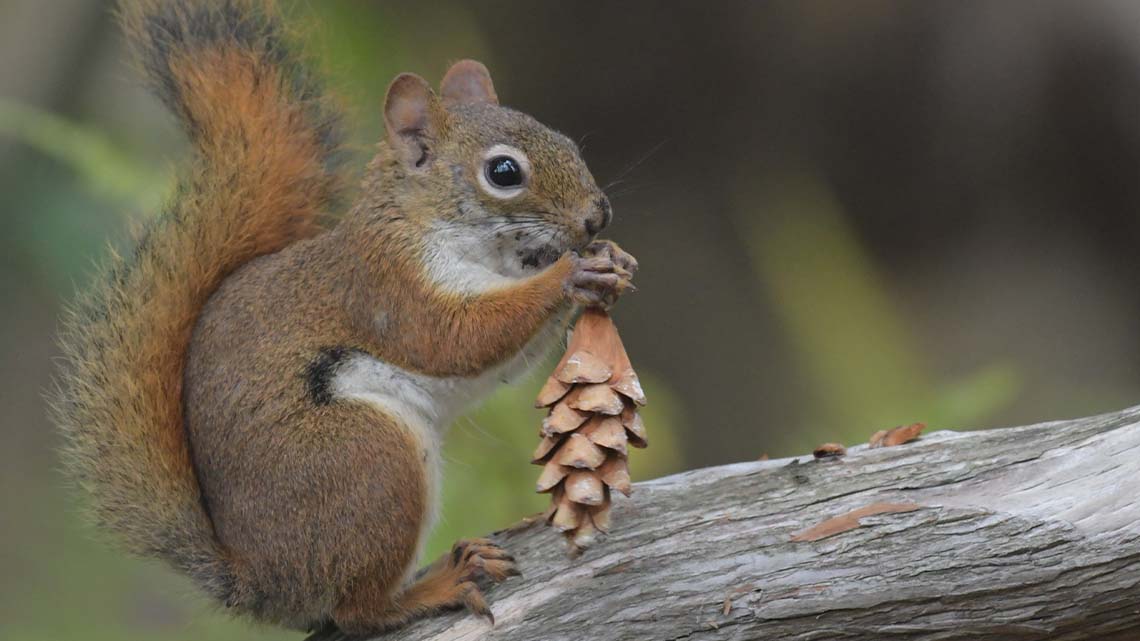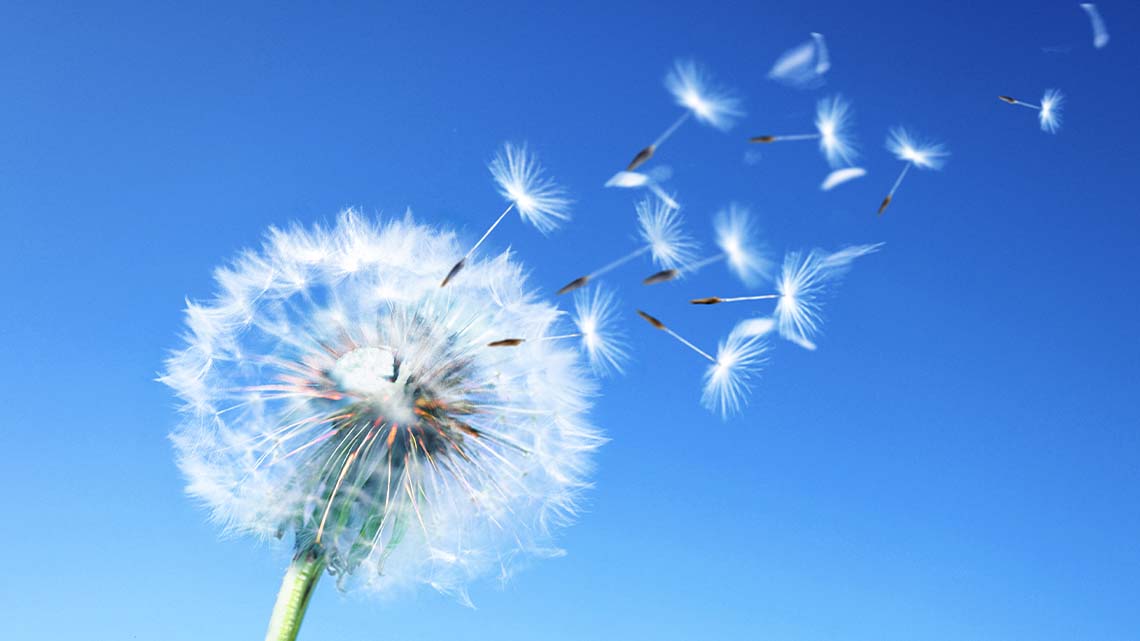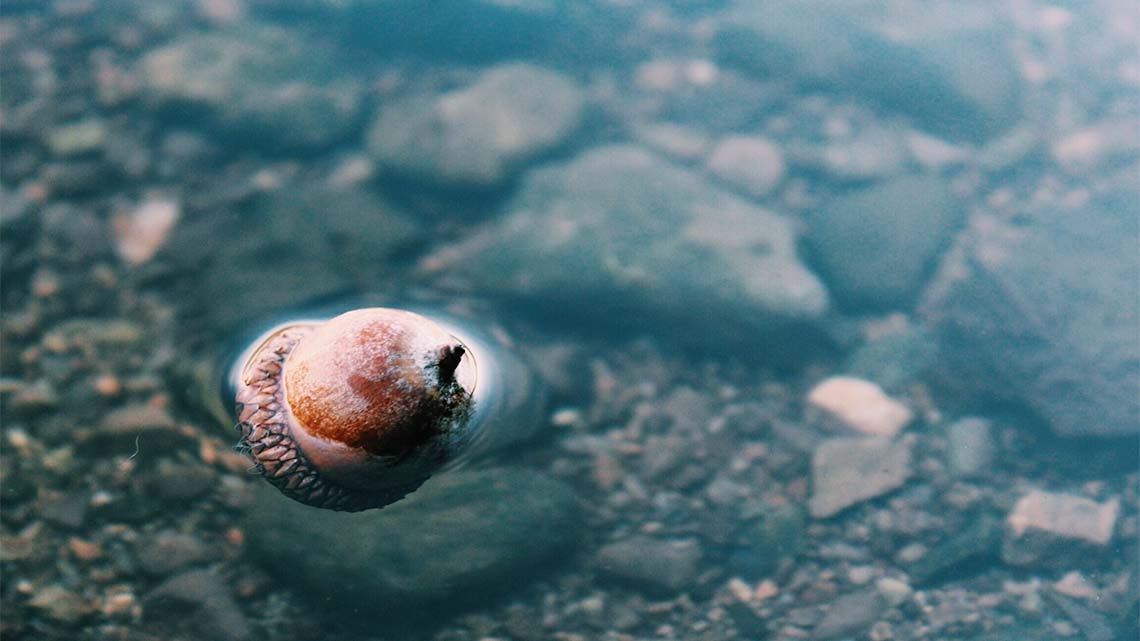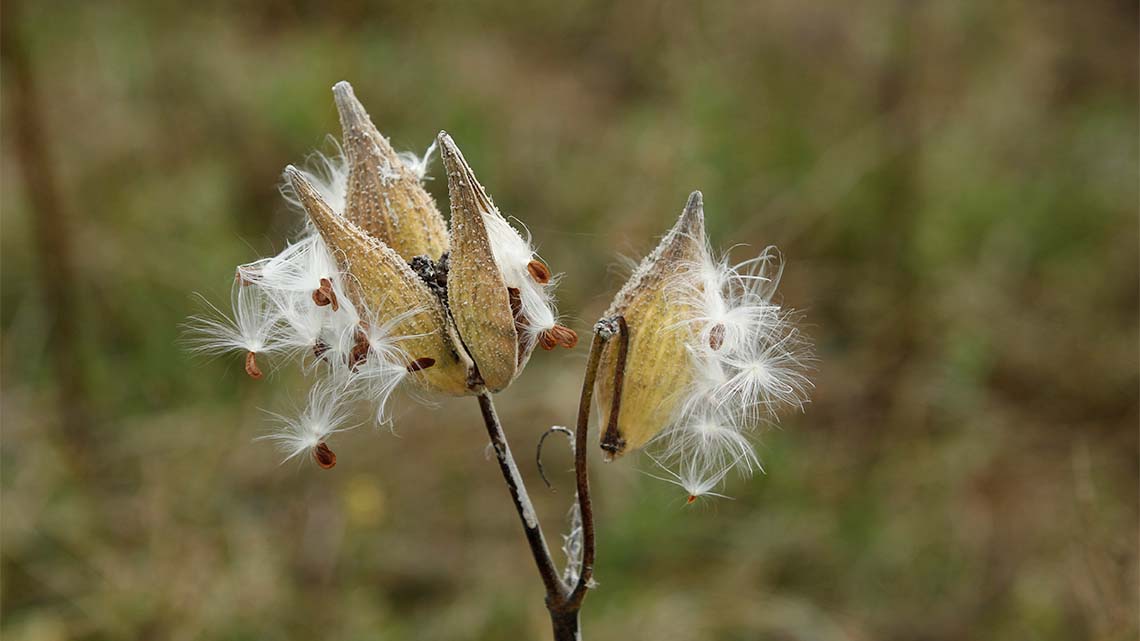Minds On
The parts of a plant
The variety of different plant species is endless!
Plants are essential to the survival of living things like humans and animals. Though all plants are unique, they share the same basic parts. Each part plays an important role in a plant’s overall survival.
Explore the following image of a tomato plant and examine the different parts that could be labelled. What do you think each part is named?

Press ‘Hint’ to access a labelled version of the previous image.

A plant with six labelled parts: root, stem, leaves, fruit, flower and a seed. The plant has roots at the bottom in soil that came from a seed, and a stem or stalk growing above the ground. The stem has leaves growing on it. There is a fruit growing on the stem. There is a flower at the top of the plant.
For each part of a plant select the corresponding image.
Action
The importance of spreading seeds
One of the smallest but most important parts of a plant is the seed.
The life cycle of a plant starts with a seed. The cycle continues when seeds spread themselves in order to grow more of that plant!
Did You Know
Parts of a seed
There are different parts within just an individual seed.
Explore the following Peekaboo Kidz video entitled “What Is Seed Germination?” to learn more about the different parts of a seed.
The seed of any plant contains three major parts:
- an outer layer for protection known as the seed coat
- a baby plant called an embryo
- the rest are called cotyledons that provide food for the baby plant
How do seeds travel?
Seeds are also an important part of a plant because they can be released from the plant to travel to new places and populate new habitats! This is an example of an important plant adaptation.
An adaptation is any change in the structure or function of something that helps to keep it alive and reproduce successfully in its environment.
Many plants release their seeds in a variety of ways in order to grow their population. This is done through a process called seed dispersal.
Once a plant is fully grown, seeds travel away from the plant to grow new plants somewhere else. This process of seed dispersal can happen in many different ways.
Explore the following carousel of images and descriptions of ways that seeds can travel!
Seeds can be spread or “dispersed” in many different ways. When a seed is ejected from its plant, or simply falls off when it’s ready to be released, that seed will make a journey to where it will grow a new plant.
Seeds that come from tall plants, like trees, have a farther distance to travel to get to the ground, and different seeds travel in different ways.
Explore the following ScienceXplosion video entitled “Spinning Seeds” to learn more about how a maple tree is designed to spread its seeds by spinning.
Pause and Reflect
Seeds
- How does a tiny seed contribute to the ongoing survival of a plant?
- How does the maple tree spread its seeds?
- Can you think of the non-contact force that is responsible for making a tree’s seeds fall towards the ground?
Record your answers with descriptive words using a method of your choice.
Seed design
Not all seeds travel down to the ground in the same style, and they are designed to disperse in very different ways.
Using information from the flashcards, answer the following questions:
- What did you notice about the different seeds and the ways they travel?
- Why might seeds have adaptations in order to travel?
Press ‘Hint’ to access one possible answer.
Consolidation
The journey of the travelling seed
Because it has one of the most important parts of a plant, a seed has places to be!
We explored how a plant needs the seed to begin its life cycle. We also learned that seeds spread themselves in order to populate more plants and continue the cycle in new habitats.
We examined the specific adaptations that seeds can do in order to spread themselves, from being carried by animals to blowing right off of a plant in the wind!
For seeds that fall from the heights of trees, we investigated the different ways that they are designed in order to travel to the ground without damaging the seed!
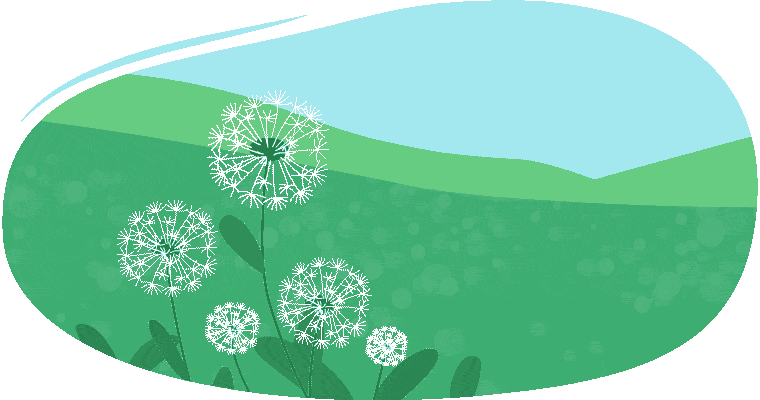
Creating a seed map
You are now going to create a map of a seed’s dispersal journey. You can draw a map or record a detailed description of your map using a method of your choice.
Use the following checklist to guide the creation of your map.
Seed Map Checklist
My seed map includes…
Reflection
How do you feel about what you have learned in this activity? Which of the next four sentences best matches how you are feeling about your learning? Press the button that is beside this sentence.
I feel…
Now, record your ideas about your feelings using a voice recorder, speech-to-text, or writing tool.
